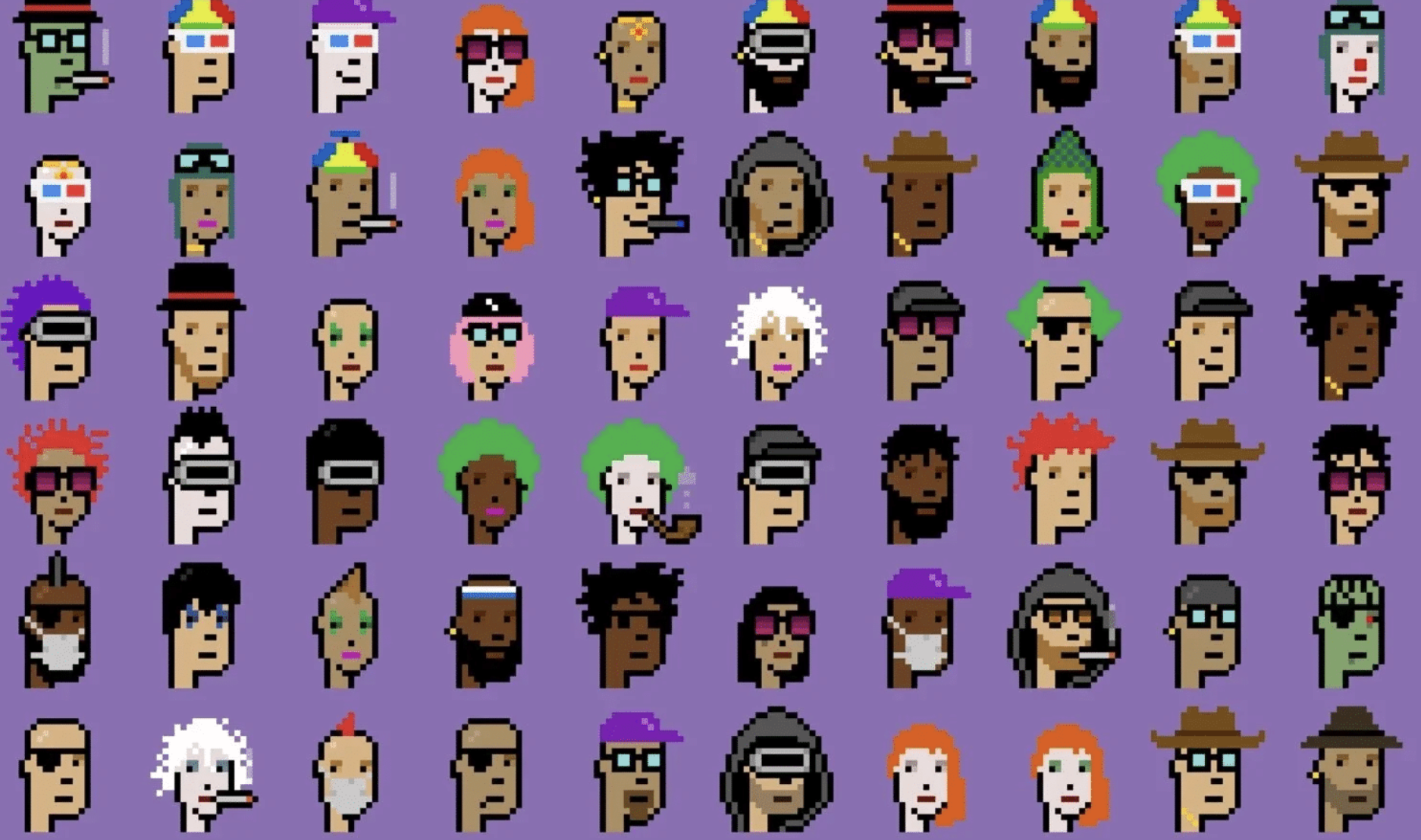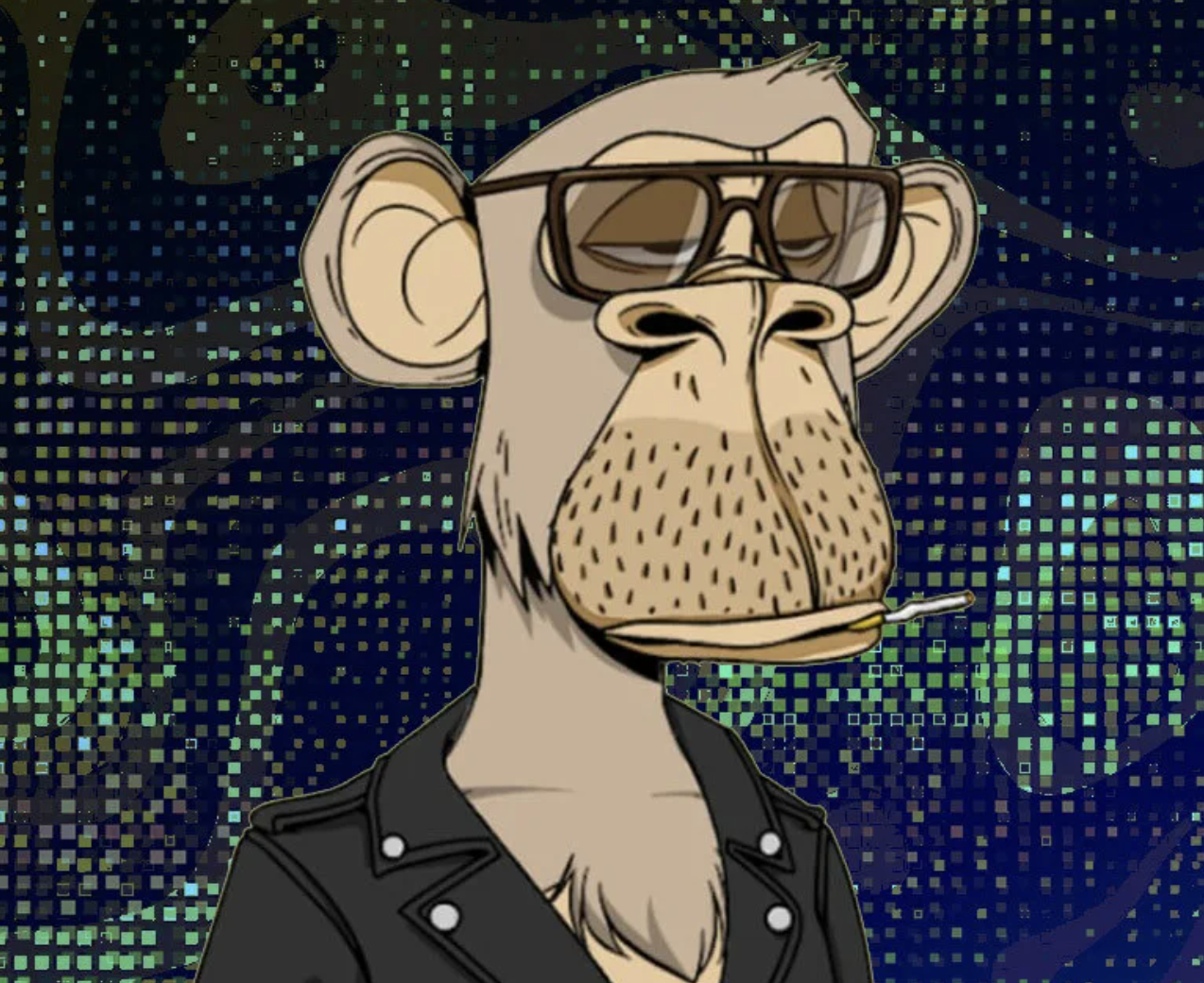NFTs and the Blockchain Revolution in the Art World

The art world is no stranger to evolution and technology. In recent times, one of the most significant technological advancements to impact the industry has been the rise of Non-Fungible Tokens (NFTs) and their underlying technology, the blockchain. This nexus of art and technology is revolutionizing how we consider ownership, authenticity, and the value of art itself. In this article, we dive into the transformative role of NFTs and blockchain in the art world.

Understanding NFTs in the Art World
An NFT is a digital asset representing real-world objects like art, music, in-game items, and videos. They are bought and sold online, frequently with cryptocurrency, and they are generally encoded with the same underlying software as many cryptos. Although they’ve been around since 2014, NFTs are gaining notoriety now because they are becoming an increasingly popular way to buy and sell digital artwork.

The Blockchain Backbone
At the heart of every NFT is blockchain technology, a decentralized digital ledger that records all transactions across a network. For NFTs, the blockchain acts as a certificate of authenticity and provenance, ensuring each NFT is unique and cannot be duplicated.

The Disruption of Traditional Art Practices
NFTs are challenging the traditional art market in several ways. By creating a digital certificate of ownership, they provide a new way to authenticate digital art, giving digital artists a platform to sell their work directly to a global audience without the need for an intermediary.

Democratization of Art
NFTs potentially democratize art by leveling the playing field for artists and collectors. Artists can reach audiences without gallery representation, and collectors can invest in artwork without the high barriers to entry typically associated with the traditional art world.

The Value in Digital Scarcity
One reason NFTs are revolutionary is that they have introduced the concept of scarcity to digital art. A digital image can be copied endlessly, but NFT technology allows for the creation of a ‘limited edition’ by verifying the original copy, just as a signed print is more valuable than a poster.

Real-World Implications and Reactions
The use of NFTs for buying and selling art has tangible implications for artists and collectors. Artists can embed royalties into an NFT so that they receive a percentage of the sales price each time their art is sold to a new owner. This could fundamentally change the way artists are compensated for their work.

The Environmental Debate
However, the excitement surrounding NFTs and blockchain in art is not without criticism. The environmental impact of blockchain technology, which consumes significant amounts of energy, has sparked a debate about the sustainability of NFTs.

Future Directions for NFTs in Art
NFTs are still a relatively new phenomenon, and their future in the art world is both exciting and uncertain. As the market evolves and matures, we may see more standardized practices emerge, potential regulatory involvement, and the development of more energy-efficient blockchain technologies.

Blending Physical and Digital
The line between the physical and digital art worlds may continue to blur. There's potential for NFTs to represent ownership of both digital and physical artworks, creating a new hybrid form of art collecting.

Conclusion
The blockchain revolution, through the lens of NFTs, is recalibrating the mechanics of the art world, presenting novel challenges and opportunities. This convergence of art and technology has opened the boarders to a new marketplace that values authenticity, ownership, and direct artist-to-collector engagement. While concerns and critiques of NFTs continue to evolve, there's no doubt that their influence is leaving an indelible mark on the art world. The full implications of this revolution are yet to be completely understood, but one thing is certain: NFTs and blockchain are rewriting the rules of art, championing an era of digital innovation and transformation.
Теги
art.